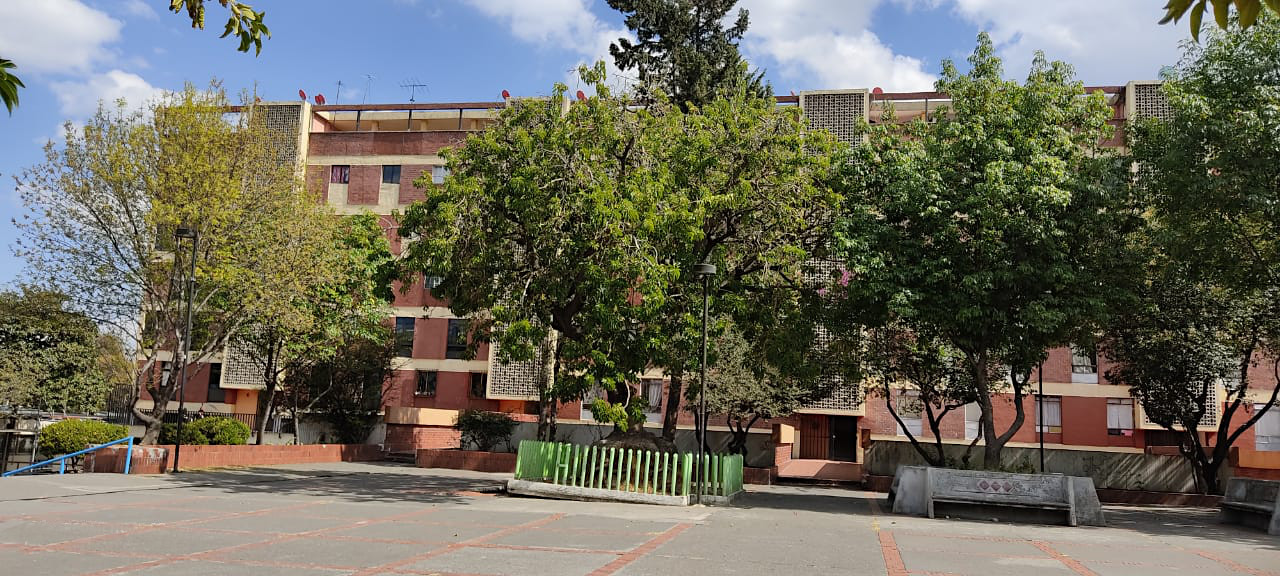
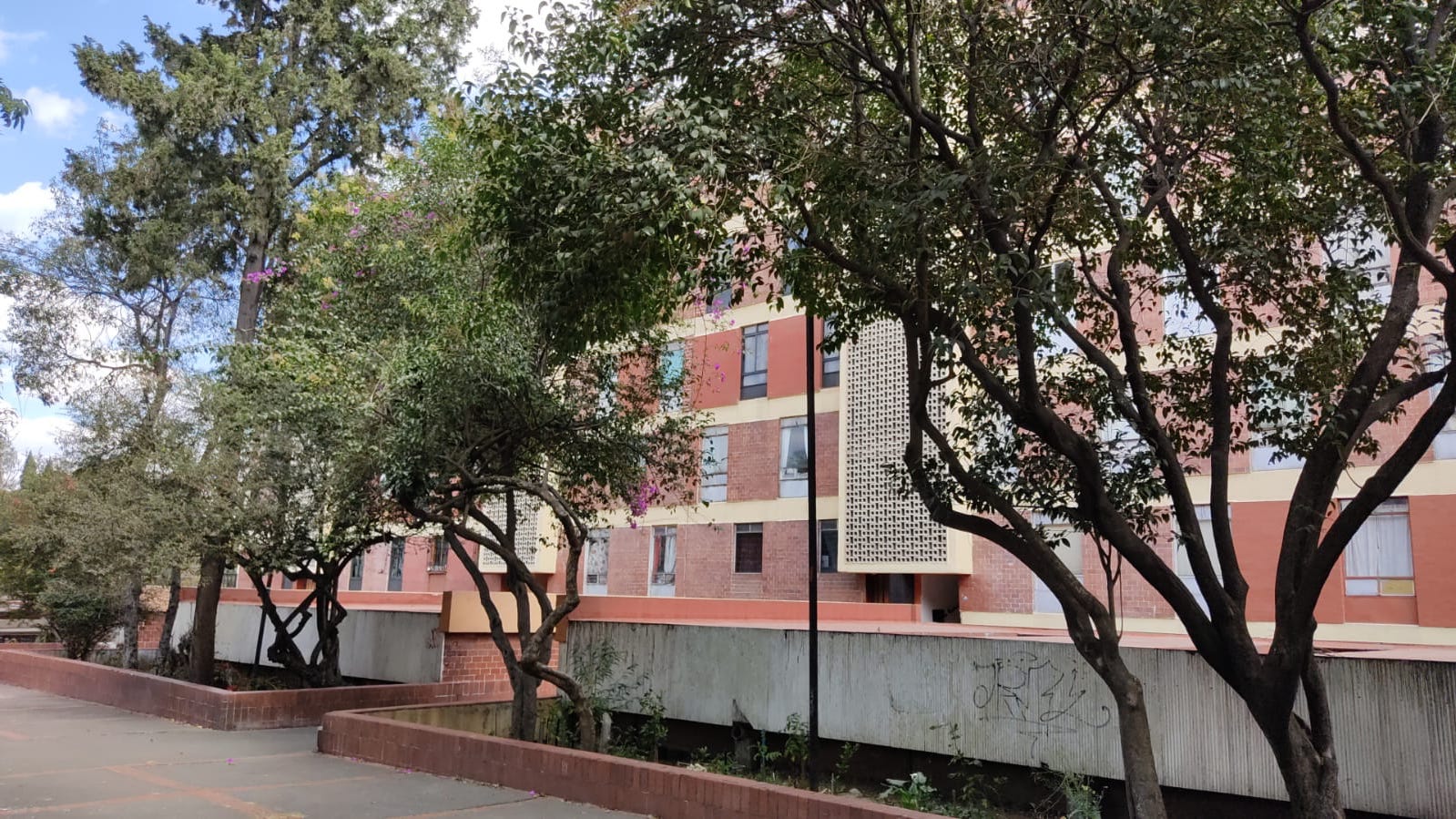
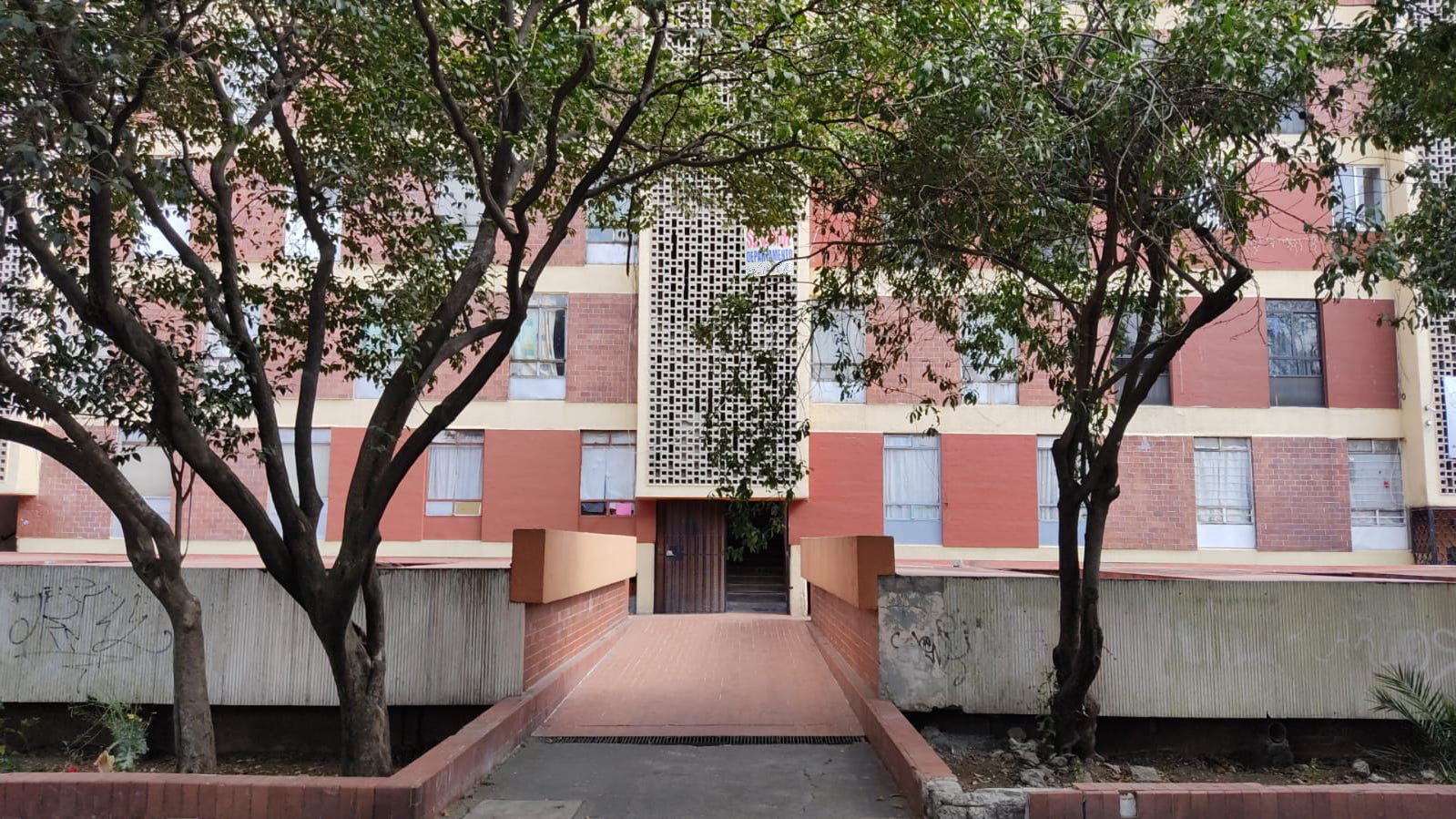

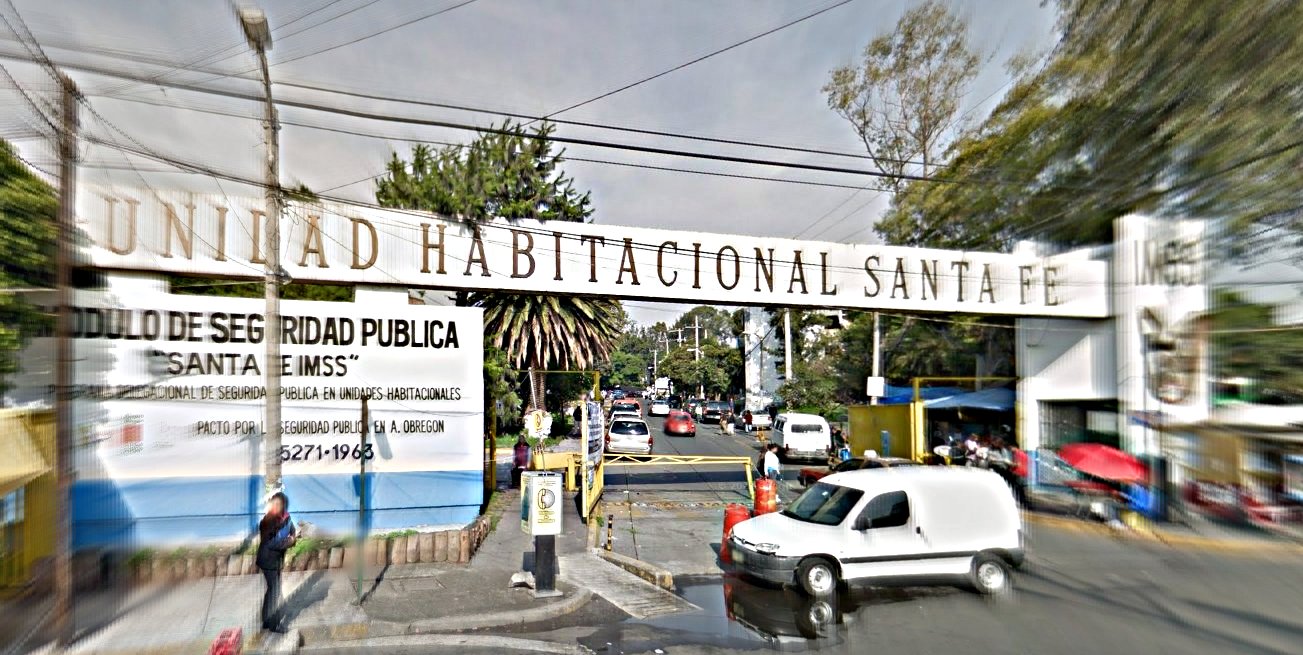
All photos: Koffermejia, Attribution-Share Alike 4.0 International
The Unidad Habitacional Santa Fe is a giant 1957 housing project. More than a tourist attraction, it’s an entire neighborhood. It’s significant because, unlike lots of great mid-20th century projects, this one was highly successful and remains home to thousands of Mexico City residents. It’s also among the earliest truly giant projects in the City.
The Unidad Santa Fe was the first grand project conceived as entirely its own city. The project was the result of a 1951 act of the Mexican Congress that called for more housing for more people. This was taken up by the Mario Pani studio which was the most prestigious of its time. They’d already built the Multifamiliar Presidente Alemán in the late 1940s. But the neighborhood here was to set the stage for the Unidad Independencia and the era-defining Unidad Habitacional Nonoalco-Tlatelolco. The successes and failures of all of these projects are why we still study them today.
The new Santa Fe was named for the historic Pueblo de Santa Fe founded in the 1530s. The Mexican Social Security Institute (IMSS), created in 1943, already had housing as part of its mandate. Construction began in 1952. IMSS purchased 297,560 square meters of land from the old “Rancho de Santa Maria Guadalupe Nonoalco.”
2,130 new homes went up on Mexico City’s western outskirts, then still part of Mixcoac. The first residents arrived in 1957. That generation looked out on mostly trees and gardens, but the project is also surprisingly low-rise. Big apartment blocks line only the northern edge along the Camino Real a Toluca, the old Royal Road to Toluca.
Almost just inside the eastern main entrance, you’ll still find the famous Félix Candela amphitheater cover. Fountain and plaza spaces (shown above) still take up much of the grounds. The complex originally boasted six city-blocks of housing, an indoor theater, two commercial districts, a sports and recreation complex, and public schools. That included 1,267 individual houses and 932 apartments in 23 buildings.
Homes here have been bought and sold as condominiums since 1982. And today, the development is increasingly integrated into the surrounding neighborhoods. In 60+ years, these surrounding communities have grown such that one may not realize that the Unidad Santa Fe was the first. Today it’s one more neighborhood among many. Three and four generations on, the Santa Fe name has also spread much farther west, well into Cuajimalpa.
While it’s not strictly speaking a gated community, the streets of the Unidad Habitacional Santa Fe IMSS are closed to the outside public. It’s still a wonderful place to try to understand, even as housing and neighborhood issues consume so much of the rest of the world.
Eunice Mc Lean Rodríguez, 2009: "Unidad Habitacional Santa Fe: indicio de una ciudad modelo. . . espacio en recuperación"
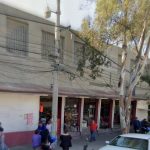
Nearest at 0.54 kms.
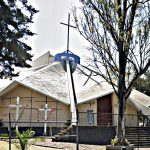
Nearest at 0.63 kms.
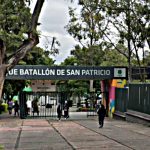
Nearest at 0.87 kms.
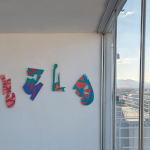
A high-rise gallery of art and architecture on the very eastern edge of Tlatelolco . . .
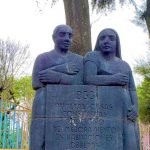
A tiny neighborhood park bears witness to a historical neighborhood . . .
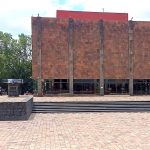
One of Mexico City's most famous residential neighborhoods is today a leafy Modernist neighborhood....

A major cultural venue in Iztapalapa...

A remarkable 1938 shopping and residential complex...